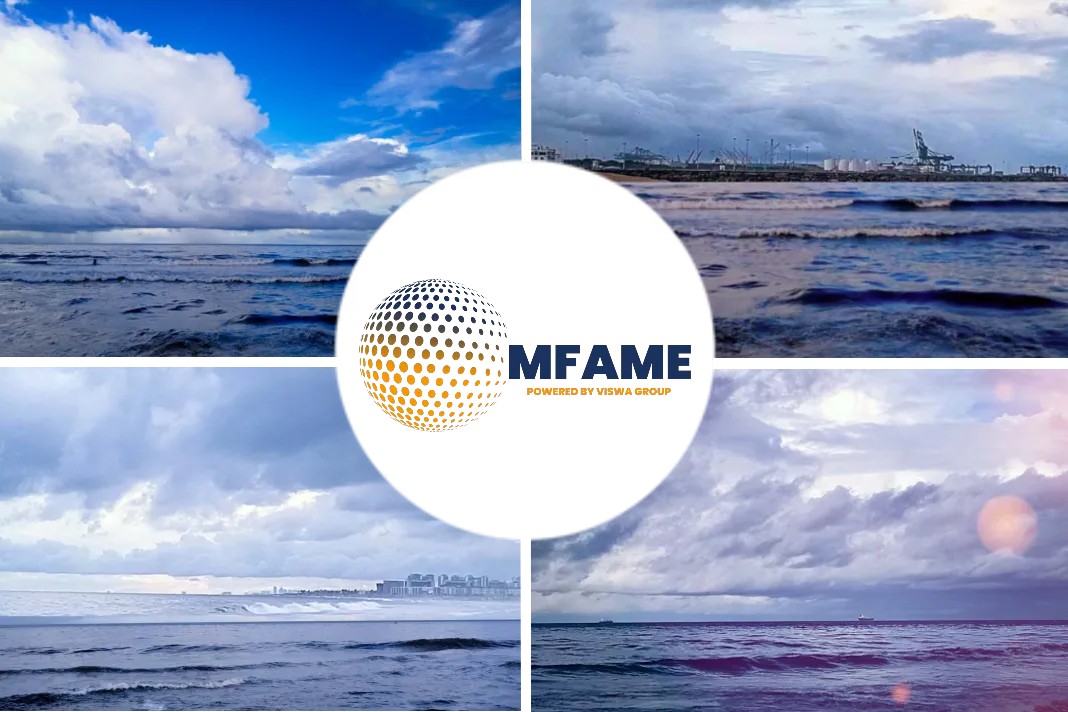The Port of Singapore has performed well despite the challenges posed by the global coronavirus pandemic, and is on track to achieve its targets around maritime decarbonization while also promoting digitalization and enhancing inter-modal connectivity, Chee Hong Tat, Senior Minister of State, Ministry of Transport and Ministry of Foreign Affairs, said , reports S&P Global.
The world’s largest bunkering port
Singapore retained its position as the world’s largest bunkering port in 2020, recording marine fuels sales of 49.8 million mt, a 5% year on year increase, the Maritime and Port Authority of Singapore said Jan. 13.
The port’s strong performance comes as the international shipping market deals with numerous challenges due to the pandemic, with bunker demand worldwide slowing and trade hindered as restrictions on movements, weak macroeconomics and trade tensions persist.
“After a steep decline in early 2020 when COVID-19 first struck, international sea trade volumes have shown signs of recovery from the second half of last year,” Chee said in his opening speech at the Singapore Maritime Foundation’s New Year Conversations 2021 on Jan. 13.
“This has helped Maritime Singapore to stay resilient in 2020, even though our economy contracted by 5.8%,” he added.
Singapore has also witnessed many maritime companies expand their presence in the city-state as it remained a trusted hub during tough times, Chee said.
Yang Ming chose Singapore as the regional base for its container shipping business to provide liner services across Asia, Middle East, North Europe and the Mediterranean. Swire Bulk, previously the dry bulk shipping division of China Navigation, has established its new headquarters in Singapore, while Wilhelmsen Ships Services has embarked on a joint venture with German engineering conglomerate thyssenkrupp to manufacture 3D printed maritime spare parts in Singapore.
Greener Maritime Future
Singapore has also been at the forefront of promoting the use of cleaner marine fuels, including LNG.
The city-state has been developing LNG bunkering capabilities under the LNG bunkering pilot program. It has also partnered port administrations to establish a global network of LNG bunker-ready ports, co-funded the construction of LNG-fueled vessels, and continues to promote LNG as a cleaner, interim fuel.
Keppel Offshore and Marine delivered Singapore’s first LNG bunkering vessel, FueLNG Bellina, on Jan. 4. With this, the Port of Singapore is now ready to support ship-to-ship LNG bunkering in its waters.
The MPA is also evaluating proposals to award up to two additional LNG bunker supplier licenses, Chee said.
“But there is scope to do more beyond LNG, such as in the areas of setting new standards and developing green solutions associated with zero or low carbon fuels,” Chee said.
Through the S$40 million ($30.1 million) Maritime Green Future Fund, the MPA is working with the industry and academia to develop technologies and pilot the use of alternative marine fuels such as methanol and biofuels, and electric vessels, he said.
“We are starting with our harbor craft sector; S$9 million has been set aside to support up to three consortiums over the next five years under a R&D grant call to decarbonize the domestic harbor craft fleet,” he said.
Technological Advancements
Technology remains the backbone of an efficient shipping industry.
“Singapore is continuing with the long-term investments to transform our port, to secure our pole position as the world’s top transhipment hub. We partner our port operators, PSA and Jurong Port, to co-fund R&D to automate manpower-intensive and manual processes, to improve port efficiency and productivity,” Chee said.
The PSA is looking into automating quay crane and quay-side operations such as coning and deconing systems for containers.
Inter-modal connectivity is also being fostered. As a cargo solution, it is cheaper than full air freight and faster than full sea freight.
“We previously worked with the industry to develop inter-modal connectivity solutions for specific goods such as chilled meat, and to meet increased e-commerce volumes,” Chee said.
Government agencies have partnered industry stakeholders in January to roll out a new inter-modal express cargo solution between Batam and Singapore, he said.
High-value, time-sensitive cargoes such as electronic components manufactured in Batam, Indonesia are first transported by sea to the Singapore port before being trucked to the airport to be flown to other countries.
The entire shipment process occurs within a single day, and benefits manufacturers and logistics companies in Batam and Singapore by enabling a quicker, more efficient and cost-effective distribution of cargo while also enabling Singapore-based companies to leverage off cost efficiencies through extended production bases in Batam.
“We will build on the successes of the solution, and continue working with industry partners to explore other novel inter-modal solutions to boost Singapore’s cargo connectivity, and buttress our position as the logistics hub of the region,” Chee said.
Did you subscribe to our daily newsletter?
It’s Free! Click here to Subscribe!
Source: S&P Global
















